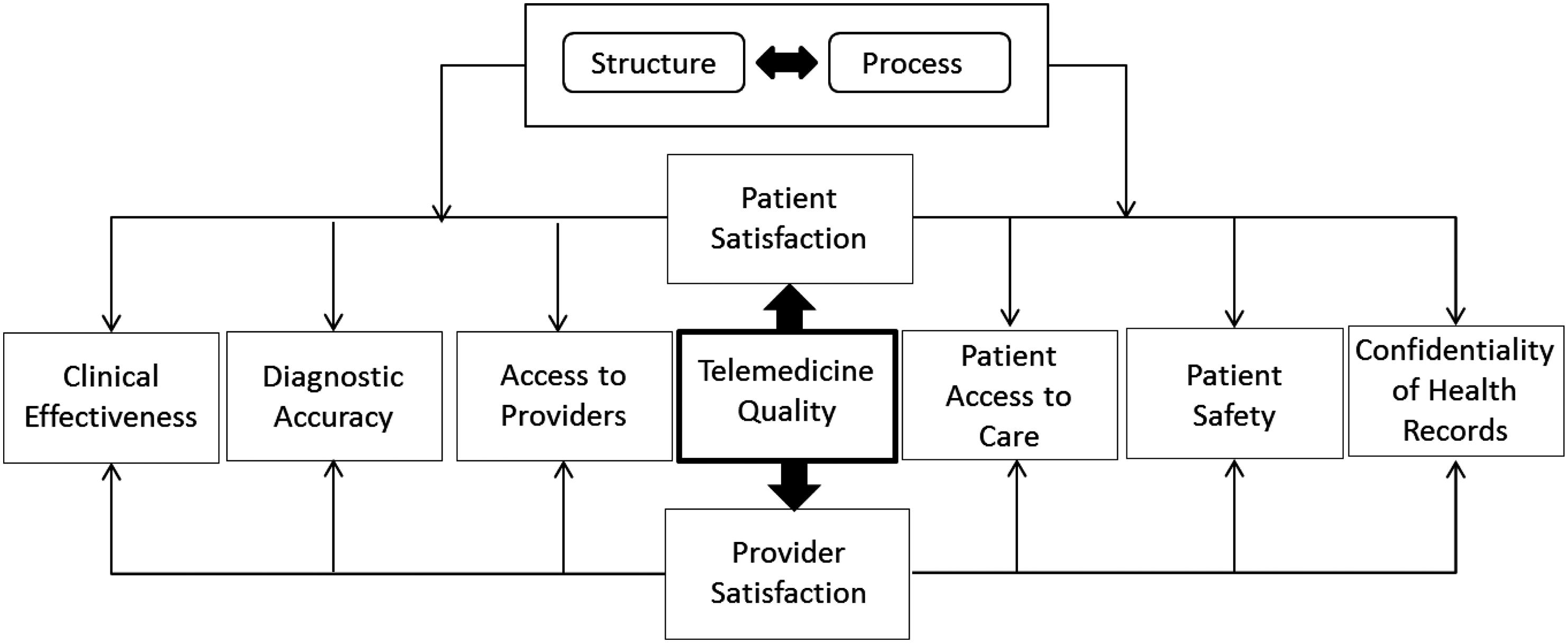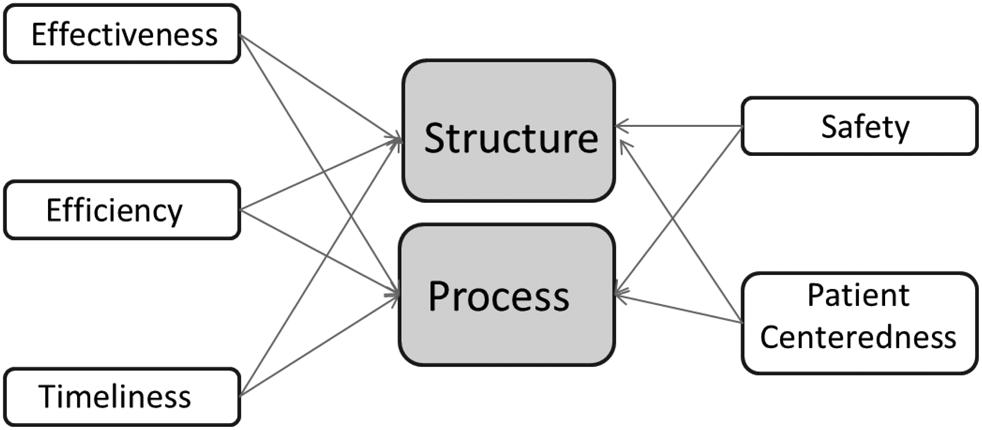
1 minute read
Population Health Management
The idea of a doctor seeing patients via a computer screen may no longer be new, but the doctors’ adoption of telemedicine services with their own patients is still a struggle. The Information Technology and Innovation Foundation shares a vision of how telemedicine can reduce patient backlogs:
Imagine a world where patients in rural areas far from a nearby doctor can easily find a healthcare provider to consult with online from the comfort of their own homes; where doctors living in Pennsylvania can help reduce the backlog of patients waiting to see doctors in Mississippi; and where patients can connect to a doctor over the Internet for routine medical purposes with a few clicks of the mouse—like they do when ordering a book on Amazon.
Advertisement
Balancing in-person visits and telemedicine will require doctors to adjust their approach to care. Learning to diagnose remotely also requires new skills and detailed reporting.
Population health refers to the most important determinants of populations’ health. Population health has been defined as “the health outcomes of a group of individuals, including the distribution of such outcomes within the group.” This approach aims to improve the health of an entire human population. The healthcare landscape has shifted, moving toward consumer-centric care and overall population health management. Adapting to the needs and wants of the consumer (i.e., convenience, timeliness, quality) has created opportunities for the improved coordination of care, which has increased quality and decreased healthcare delivery costs. According to the Population Health Forum, the following indicators measure population health:
◾ Life expectancy ◾ Infant mortality ◾ Death rates ◾ Disability ◾ Quality of life ◾ Self-assessed health ◾ Happiness and well-being





